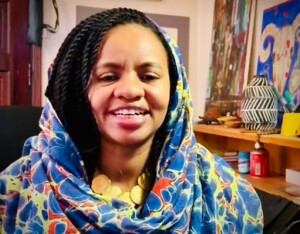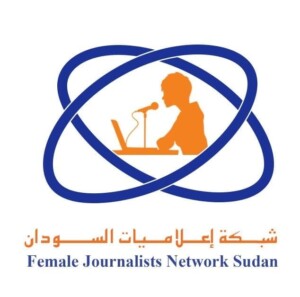‘Liquidity returning’ after Sudanese banks raise withdrawal limit
People in Sudan began to withdraw their deposits and savings again after commercial banks raised the withdrawal limits. Importers protest the policies of the Central Bank of Sudan.
 Freshly printed Sudanese banknotes (file photo)
Freshly printed Sudanese banknotes (file photo)
People in Sudan began to withdraw their deposits and savings again after commercial banks raised the withdrawal limits. Importers protest the policies of the Central Bank of Sudan.
According to commercial bank agents in Sudan, liquidity is slowly returning in the country after it collapsed two weeks ago due to restrictions intended to reduce the circulation of money in the country.
The measures were taken in a new bid to halt the Sudanese currency’s downward slide against the US Dollar. President Omar Al Bashir stressed the need to continue the new financial policy in order to absorb liquidity so as to reduce the cash mass outside the banking system “to be used in productive projects”.
Bank customers complained that they could not withdraw more than SDG 3,000 ($ 160*).
Last week, commercial banks were allowed to ratchet-up the withdrawal ceilings again. “In the past two days, Sudanese returned to the banks to withdraw deposits,” a bank customer informed Radio Dabanga on Friday.
“This is a reaction to the rise in the withdrawal ceilings from SDG 10,000 ($ 550) to SDG 100,000,” he explained. “Each bank is now allowed to define its own limits depending on the number of customers and the available funds.”
Currency rates
Sudan has been short of hard currency for years. After Dollar rates on Sudan’s parallel forex market began to rise rapidly in 2010, the Central Bank of Sudan announced that the lack of hard currency, required for the importation of basic commodities such as wheat or medicines was becoming acute. The secession of South Sudan in July 2011, with which Khartoum lost two-thirds of its oil revenues, exacerbated the crisis.
As the situation continued to push the black market rate of the US Dollar upwards in 2016, Khartoum decided in October that year on an economic reform programme, which according to President Omar Al Bashir was needed “to avoid the collapse of the country”.
The measures proposed to curb the fast rise of the US Dollar included the import of certain types of consumer goods, “in order to reduce the importation bill”.
In December last year, the Sudanese government decided to implement a new austerity policy in a bid to solve the financial crisis in the country. The customs rate of the US Dollar was raised from SDG 6.7 to an indicative SDG 18, to halt the plummeting Pound on the black market.
The measures were implemented in the first week of January, leading to the doubling, and in some cases tripling of basic commodities. The sudden raising of the Dollar rate also led to the halting of incoming and outgoing traffic at the Port Sudan harbour, as suppliers refused to have their goods cleared.
The Dollar rate however, continued to rise. The price of gold witnessed a major leap as well. On February 5, Khartoum increased the indicative exchange rate of the US Dollar again, from SDG 18 to SDG 30. The prices of wheat and as well of sorghum jumped.
On February 7, the Central Bank banned any import operations by banks using their own foreign currency without obtaining its prior approval.
On Thursday, the Dollar rate at the black market recorded SDG 32, after it sold for a high SDG 42 in early February.
Imports
The National Chamber of Importers in Sudan plans to submit a protest memorandum to the Governor of the Central Bank about the bank’s policies concerning import procedures.
On Thursday, members of the Executive Office of the Chamber -which is a part of the Sudanese Federation of Chambers of Commerce- said in a press statement that the bank’s current policies are damaging imports and importers.
They also criticised the ban on a number of goods by the Ministry of Commerce.
They said that the memorandum will also contain proposals to eliminate the injurious effects of its recent decisions on imports and businesses in the country.
* Based on the official US Dollar rate quoted by the Central Bank of Sudan (CBoS)











 and then
and then